

Step into any thoughtfully designed home today, and you might feel the warmth of Marrakech, the calm of Kyoto, or the crisp air of Copenhagen—all without leaving the living room. Global cultural influences are no longer a side note in interior design; they’re the heartbeat of modern homes that tell stories of travel, heritage, and identity.
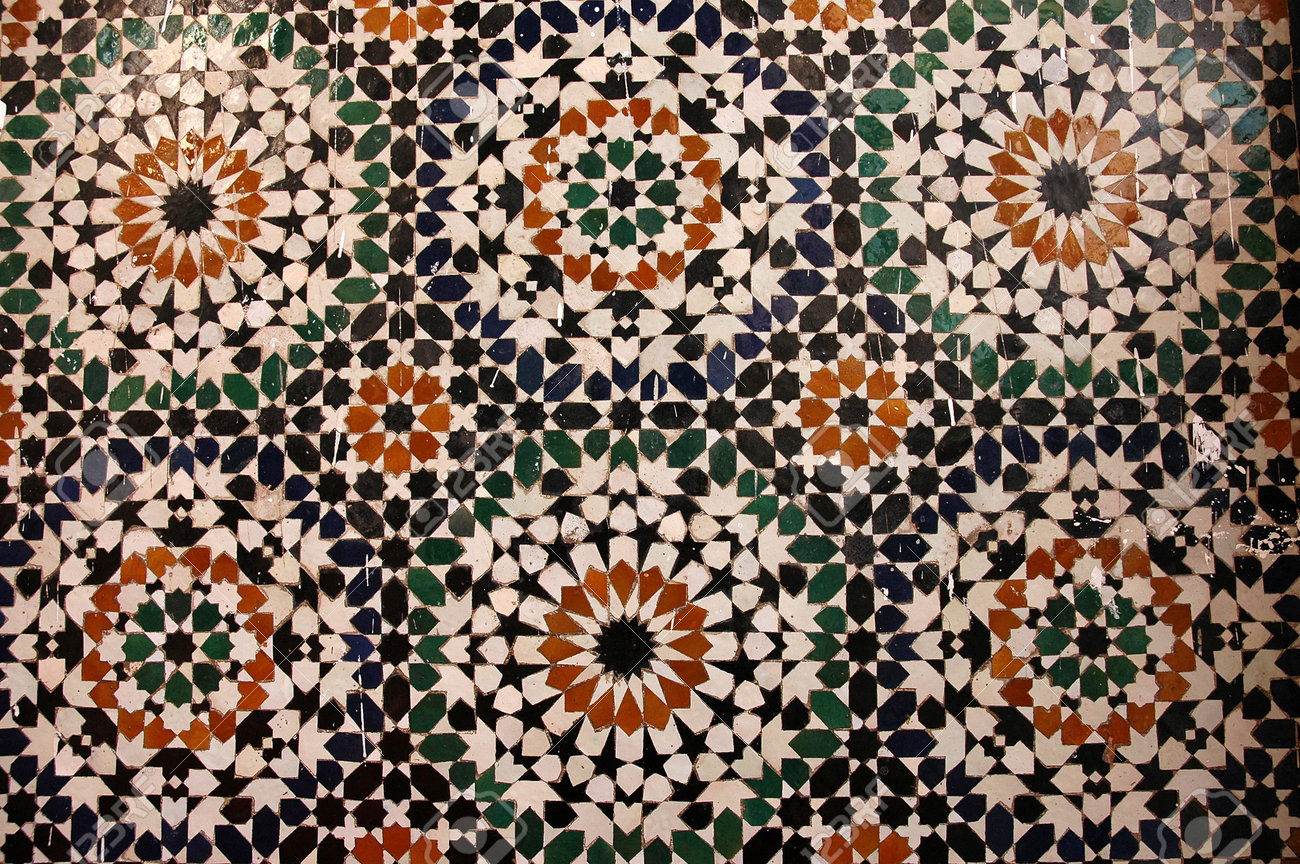
Moroccan zellige tiles
Designers are moving past sterile trends to craft layered spaces where Moroccan zellige tiles meet Danish oak, and Indian block prints complement Italian terrazzo floors. Each element becomes a conversation between cultures, creating homes that are personal and deeply connected to a global narrative.
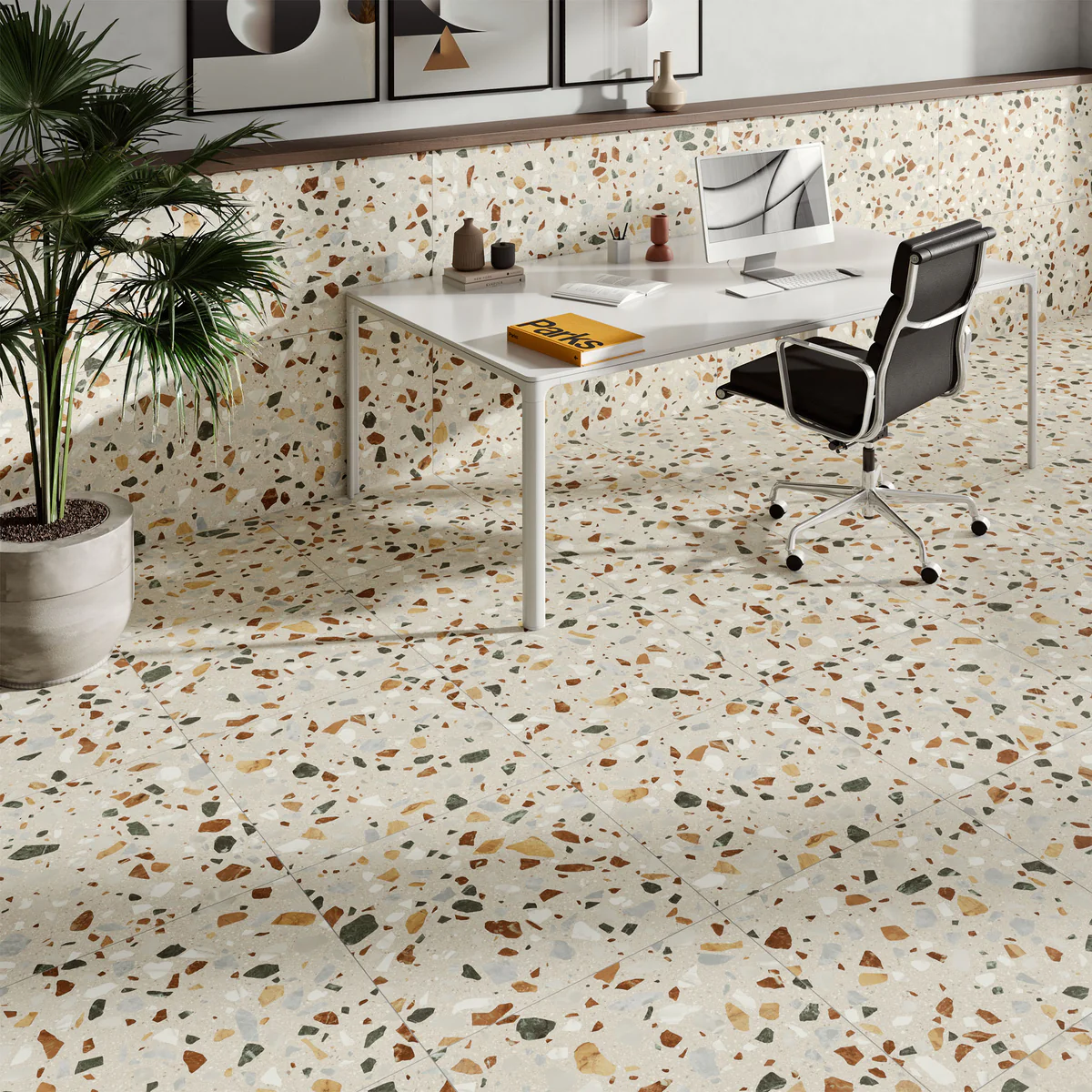
Italian terrazzo floors
Global Inspirations: From Marrakech Riads to Scandinavian Cabins
Consider the Majorelle blue courtyards of Marrakech, where vibrant tiles and lush greenery create intimate pockets of calm—now reimagined in modern apartments with cobalt accent walls and patterned backsplashes. Or the serene simplicity of Finnish summer cabins, inspiring minimalist interiors that breathe with light wood, sheepskin throws, and sculptural lighting by Nordic brands like Louis Poulsen.
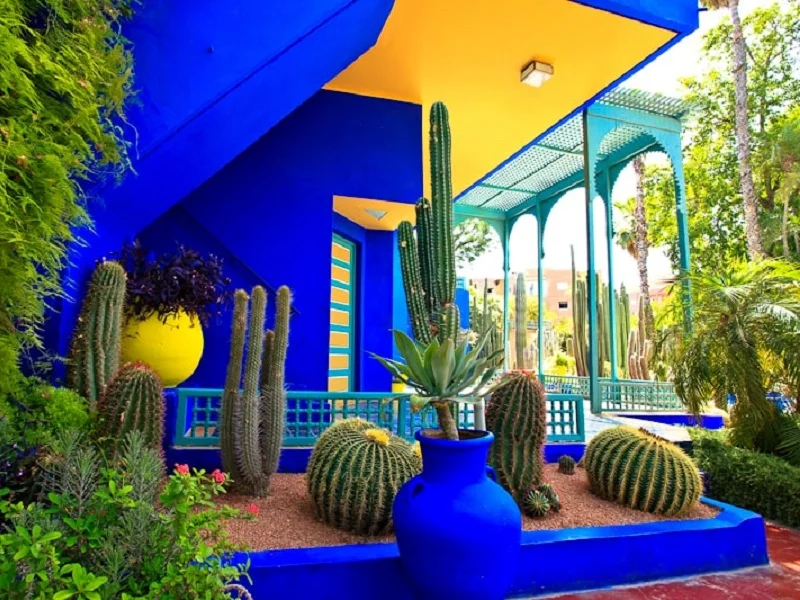
Majorelle blue courtyards of Marrakech
In Mexico City’s Casa Gilardi by Luis Barragán, color becomes architecture itself. Designers today take cues from such spaces, using bold hues and interplay of light to define zones within open-plan layouts. Meanwhile, Japanese design principles from Tadao Ando’s Church of the Light inspire clean-lined spaces that balance emptiness and intimacy, showing how cultural philosophies shape the use of space, not just its aesthetics.
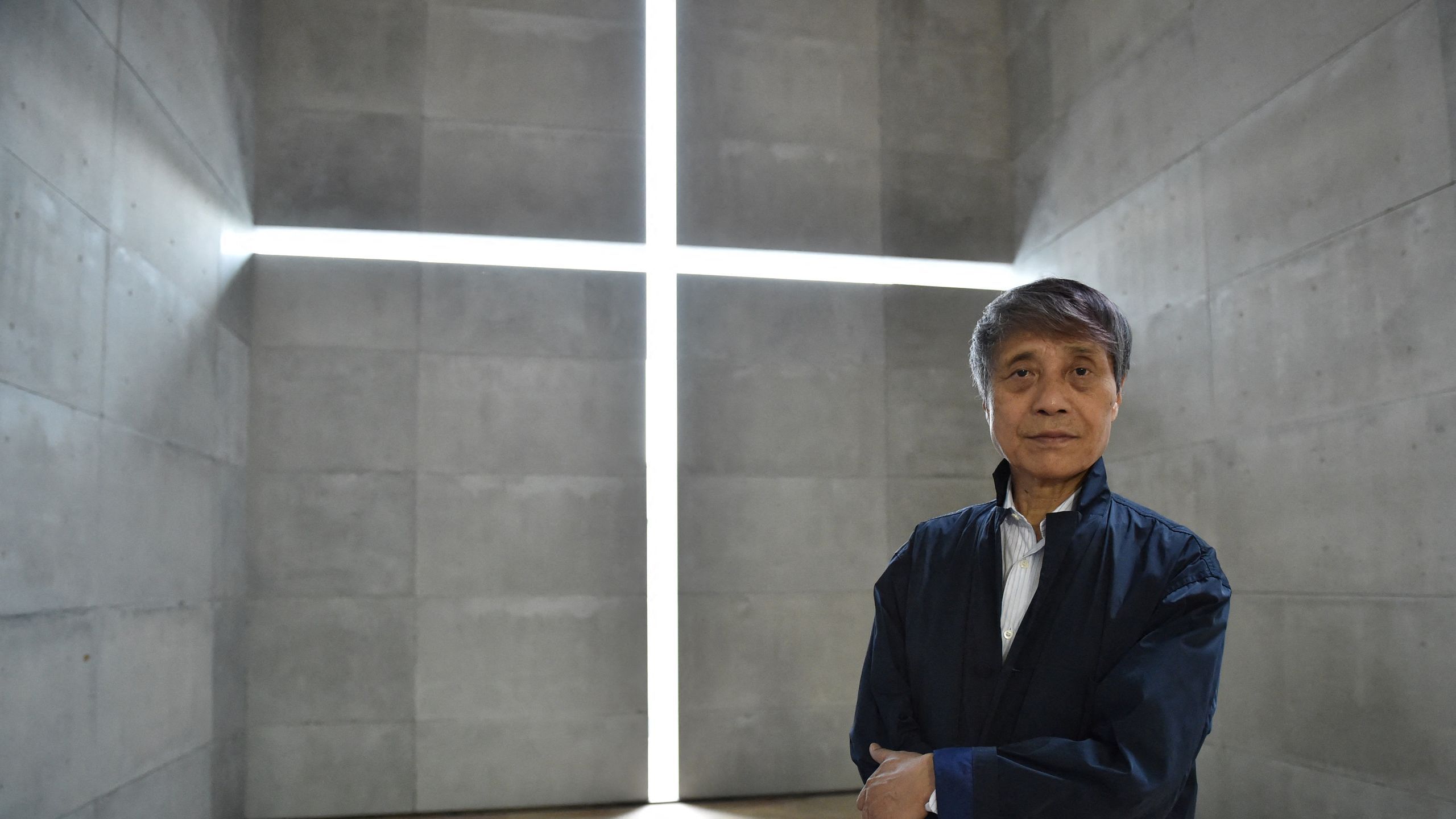
Tadao Ando’s Church of the Light
Blending Traditions with Modern Needs
It’s not about replicating a culture; it’s about honoring its spirit. A New York loft might feature Japanese shoji screens to separate a workspace, paired with a sleek Italian sofa and reclaimed barn wood flooring. A Singapore penthouse may embrace Balinese-inspired indoor gardens, while maintaining smart home tech and contemporary finishes.
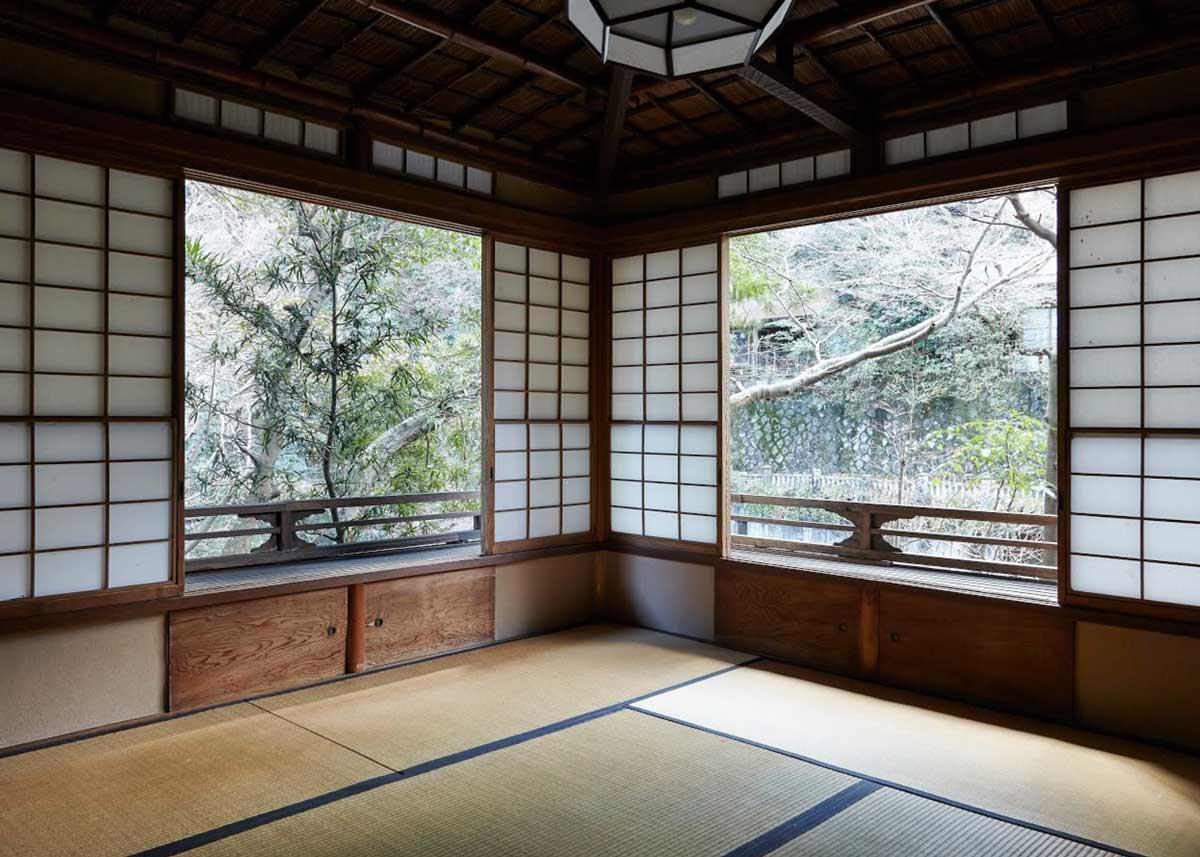
Japanese shoji screens
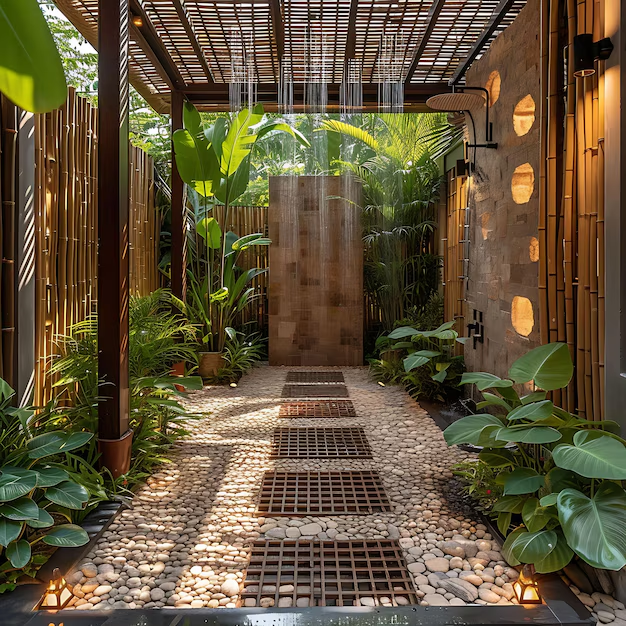
Balinese-inspired indoor gardens
In Los Angeles, many homes draw inspiration from Mediterranean villas, with open courtyards, terracotta floors, and arched doorways reinterpreted for indoor-outdoor living—a direct nod to cultures where community and connection flow seamlessly.
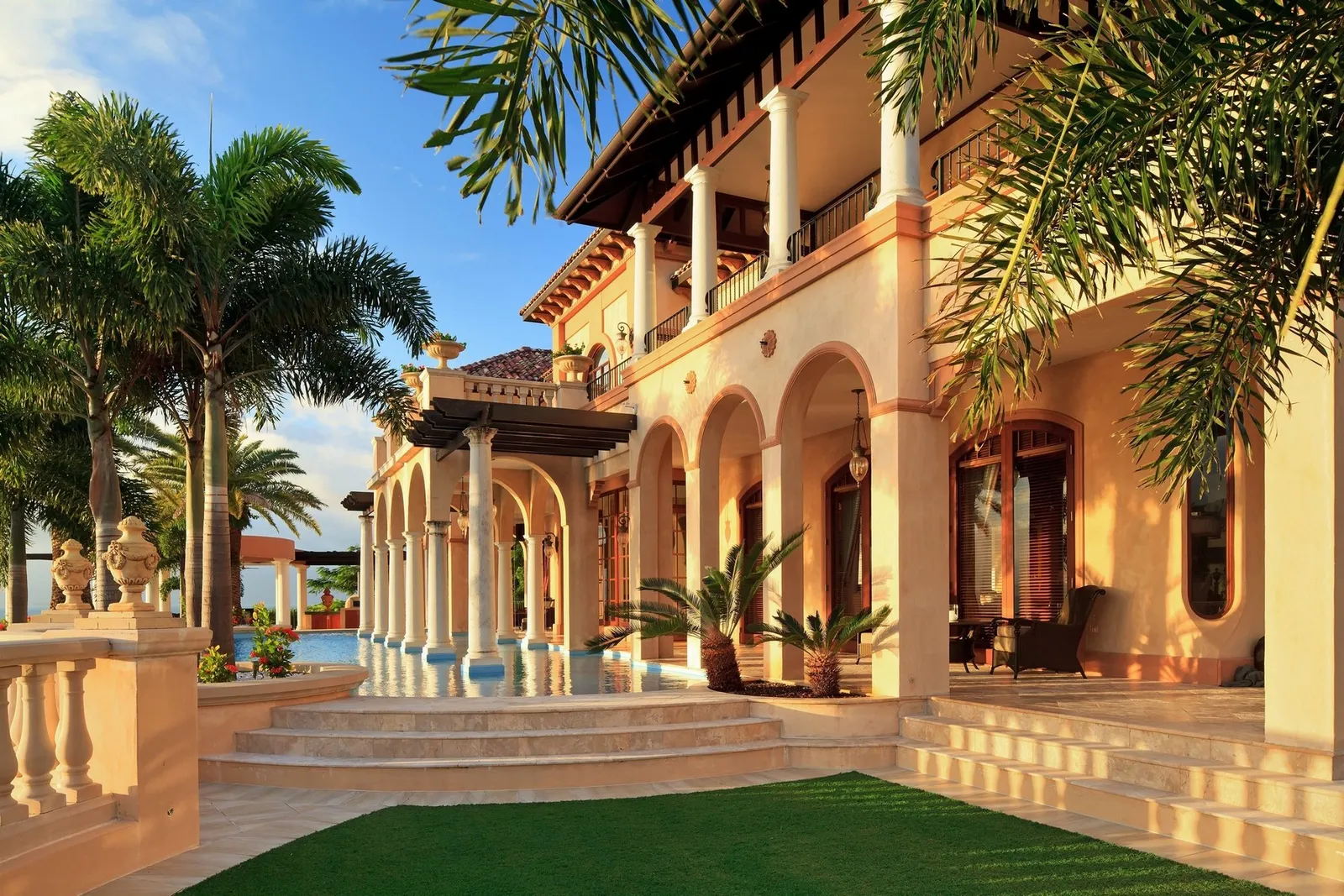
Mediterranean villas
Cultural Touches That Transform Offices
Offices are shedding their grey walls for stories worth living in. A tech startup in San Francisco uses African mud cloth patterns as acoustic paneling, bringing energy and texture. A wellness clinic in Sydney incorporates Feng Shui principles, ensuring that the flow of light, placement of desks, and natural materials support focus and well-being.
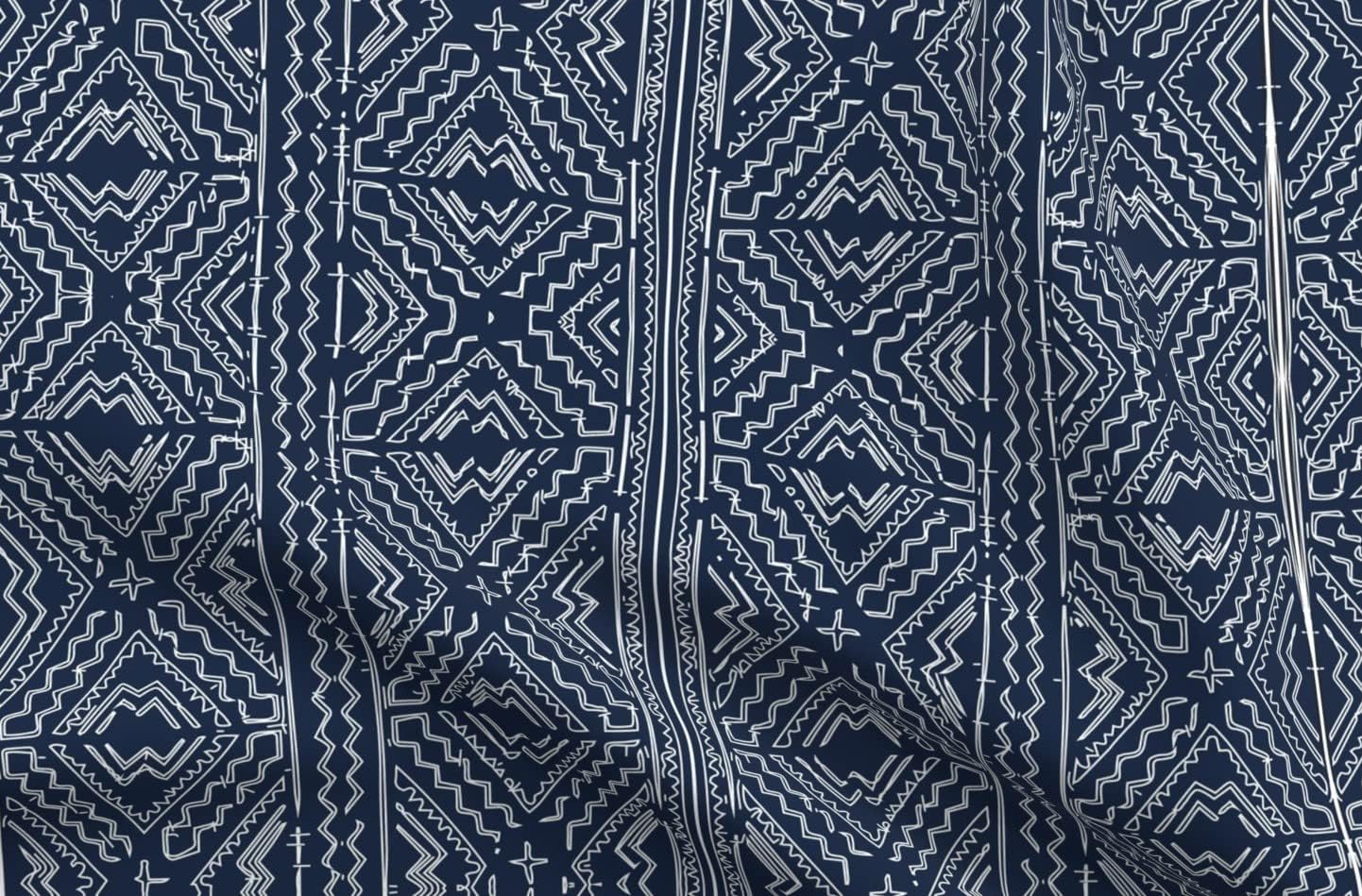
African mud cloth patterns
Zen-inspired break rooms with small rock gardens, low seating, and warm lighting transform corporate environments into spaces that encourage pause—a design philosophy rooted in Japanese culture yet deeply relevant in today’s fast-paced work environments.
The Power of Cultural Layers
Including cultural artifacts and materials isn’t about decoration—it’s about weaving memory and meaning into a space. Textiles handwoven in Oaxaca, ceramics from Portugal, or antique Persian rugs don’t just add texture; they add stories.
Consider the way Hassan Fathy’s designs in Egypt embrace natural ventilation and thick walls for cooling—a concept adapted into modern sustainable homes with earth-toned clay walls and breezeways, proving that tradition can be a guide for eco-friendly design.
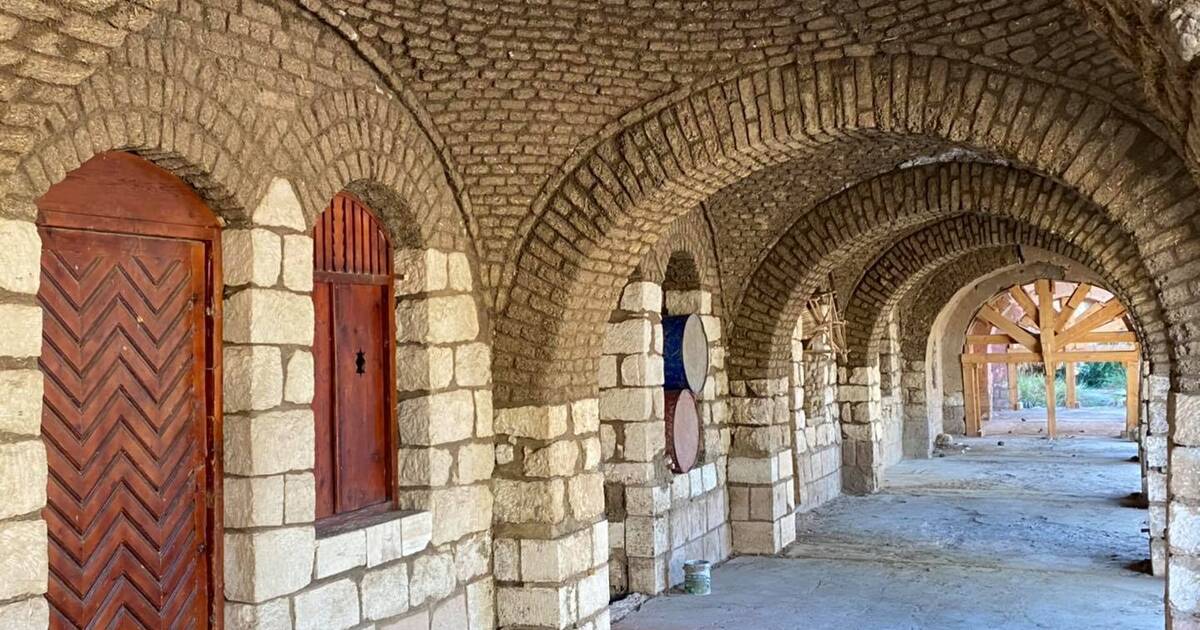
Hassan Fathy’s designs in Egypt
A Home With a Story, Not Just a Style
A well-designed space holds your history while preparing you for the future. It’s where a Moroccan lantern doesn’t clash with your Scandinavian coffee table but converses with it. It’s where the geometric patterns of Islamic art meet the clean geometry of modern architecture, reminding us that cultures across centuries found beauty in lines and symmetry.
Homes shaped by cultural influences are more than Pinterest-worthy; they are deeply personal sanctuaries reflecting who we are and where we come from.
Real-World Examples
In a globalized world, our homes are where cultures meet and thrive together. Integrating cultural influences:
FAQs
How can I bring cultural influences into my home without it feeling mismatched? Start with one element—a textile, a light fixture, or artwork—and let it guide your color and material palette. Balance is key.
Is it appropriate to use cultural design elements from other cultures? Respect and understanding are crucial. Learn the stories and significance behind pieces, sourcing responsibly and giving credit to artisans and cultures.
What are affordable ways to add cultural layers? Textiles (throws, rugs), handmade pottery, vintage prints, or local crafts from your travels are easy, affordable entry points.
Does cultural design have to mean traditional? No. You can blend traditional patterns with modern shapes, or use cultural concepts like Feng Shui and open-plan layouts without compromising contemporary style.